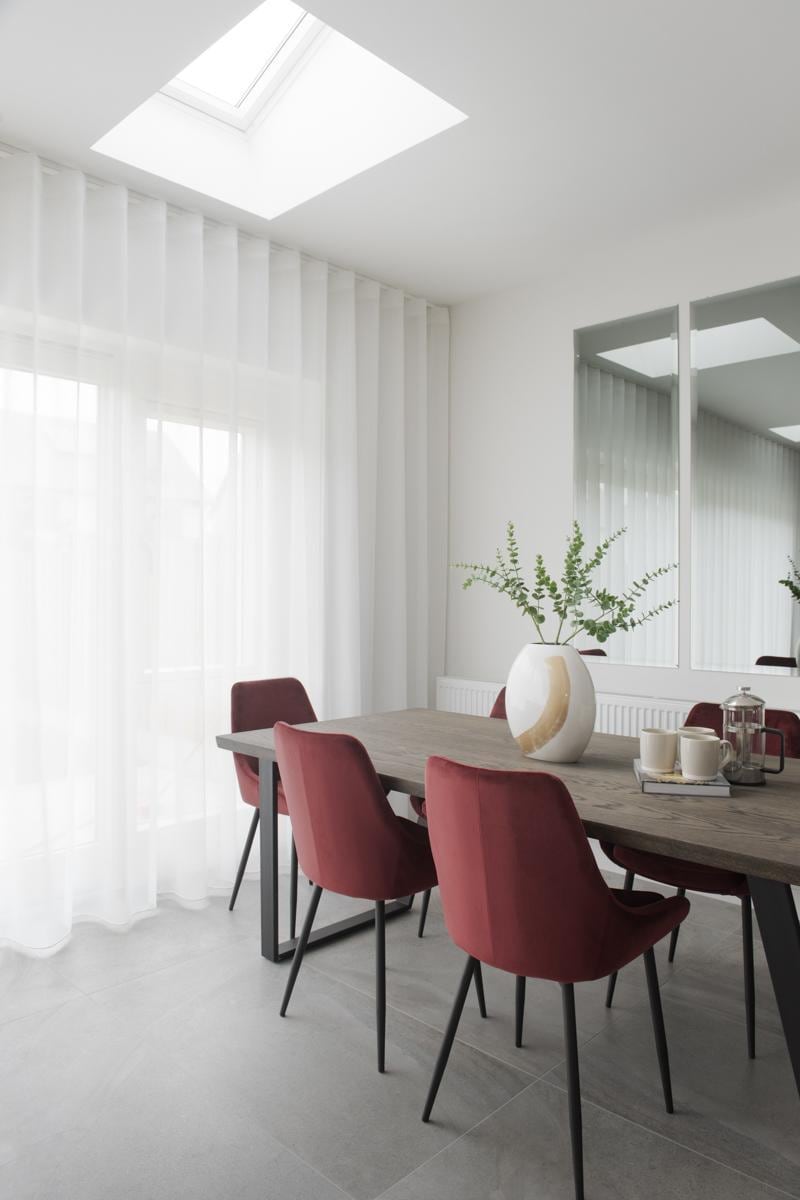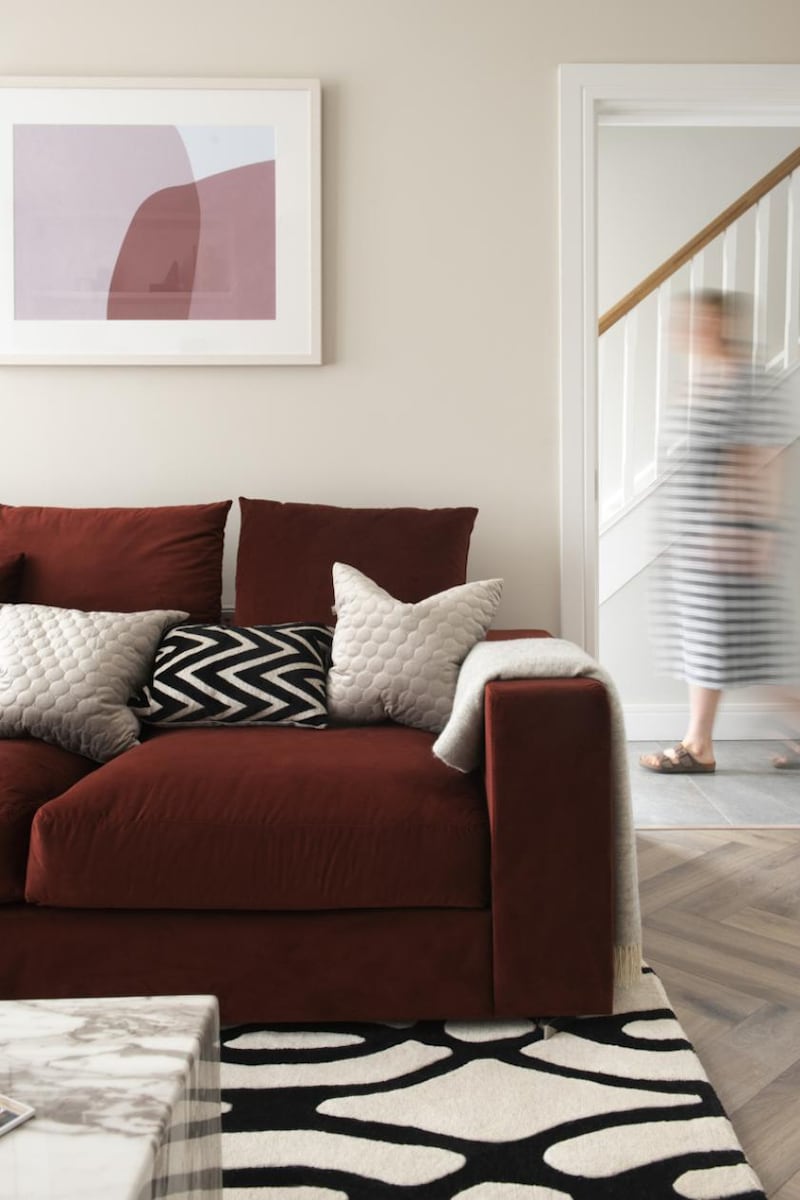Don’t underestimate the magnitude of undertaking a home improvement project, even if you are eager to start. Mistakes are common and costly, and if you don’t plan properly, you will soon find yourself out of your depth.
By understanding some of the most common pitfalls, and how to avoid them, you can set yourself up for a successful project. Here are seven of the most common mistakes and how to prevent them.
1. Not being prepared
Have all of your fixtures and fittings chosen and agreed upon before your builder starts on site. I feel like I write about this one a lot, but it is worth repeating, especially in the current climate with prices and supply in constant flux. Fixtures and fittings are items such as tiles, flooring, sanitaryware, kitchen, windows, etc. By choosing these items early in the process, you will know what everything costs and have everything ready when the builder needs it, avoiding the need to make on-the-spot decisions.

2. Making hasty decisions and purchases
Whether it’s a modest kitchen renovation or a complete house refurbishment and extension, there are steps to follow to ensure everything goes to plan. It might be tempting to rush out and start buying tiles because they’re on sale. However, you should wait until your layouts are finalised and you’re entirely sure about what you’re doing before buying anything. If you rush into buying something, you could find yourself trying to work your design around something you wish you hadn’t spent money on.
3. Not thinking about the future
It’s very easy to fall into the trap of designing a home to suit your immediate needs, especially where small children are involved. Lots of open-plan spaces might seem like a great idea when your children are toddlers. But your needs will change as your children grow, so it’s essential that you try to look into the future and design some flexibility into your home. The layout should work equally well when those little toddlers grow into teenagers who might want private space.
4. Not seeking impartial advice
When renovating, try to put sentimentality aside. Just because something has always been there doesn’t necessarily mean that it’s a good reason to keep it. Similarly, designing around how you currently use your home won’t lead to a well-functioning layout.
Look at what you are trying to achieve and plan the best way to get there. Hiring a professional to help can be a good idea. They will have an impartial view of your home and be able to advise how best to achieve the results you’re looking for.

5. Not reconciling your wishlist with your budget
Make sure you set a realistic budget and prepare to make compromises if necessary. It’s easy to get carried away and try to include everything on your wishlist, but you could find yourself way over budget very quickly. Always keep the budget at the front of your mind when making decisions.
Prepare a budget before you start work, and put aside sufficient contingency funds to cover unexpected expenses; for example, discovering damp or structural issues. Be open about your budget with your architect, designer or contractor.
They will help you modify the scope of work to align with the amount you have to spend. An experienced team will be able to help you to compromise in a way that means you get maximum value and return for your budget. Being budget-conscious is far better than running out of money halfway through a project. In my experience, regardless of how much clients have to spend, compromises always need to be made.
6. Choosing the wrong contractor
You should never choose a contractor based solely on price, or hire the first contractor you meet. In fact, you should be wary of the lowest bid. Before making a decision, you should always get at least two quotes and spend some time analysing and comparing them. In order to ensure you’re comparing like with like, make sure each contractor has a clear brief and scope of work. Finally, make sure you check any references and, if possible, speak with previous clients or try to see their work in person.
7. Spending too much on the wrong things
The best areas to invest in are those that make the biggest difference to your quality of life and enjoyment of your home. If your home is cold, you shouldn’t spend a lot on expensive finishes and cut back on insulation, for example. A good rule of thumb is to invest now in anything that will be expensive to replace later, then cut back on superficial items that can be replaced or added later.
Denise O’Connor is an architect and design consultant @optimisedesign











